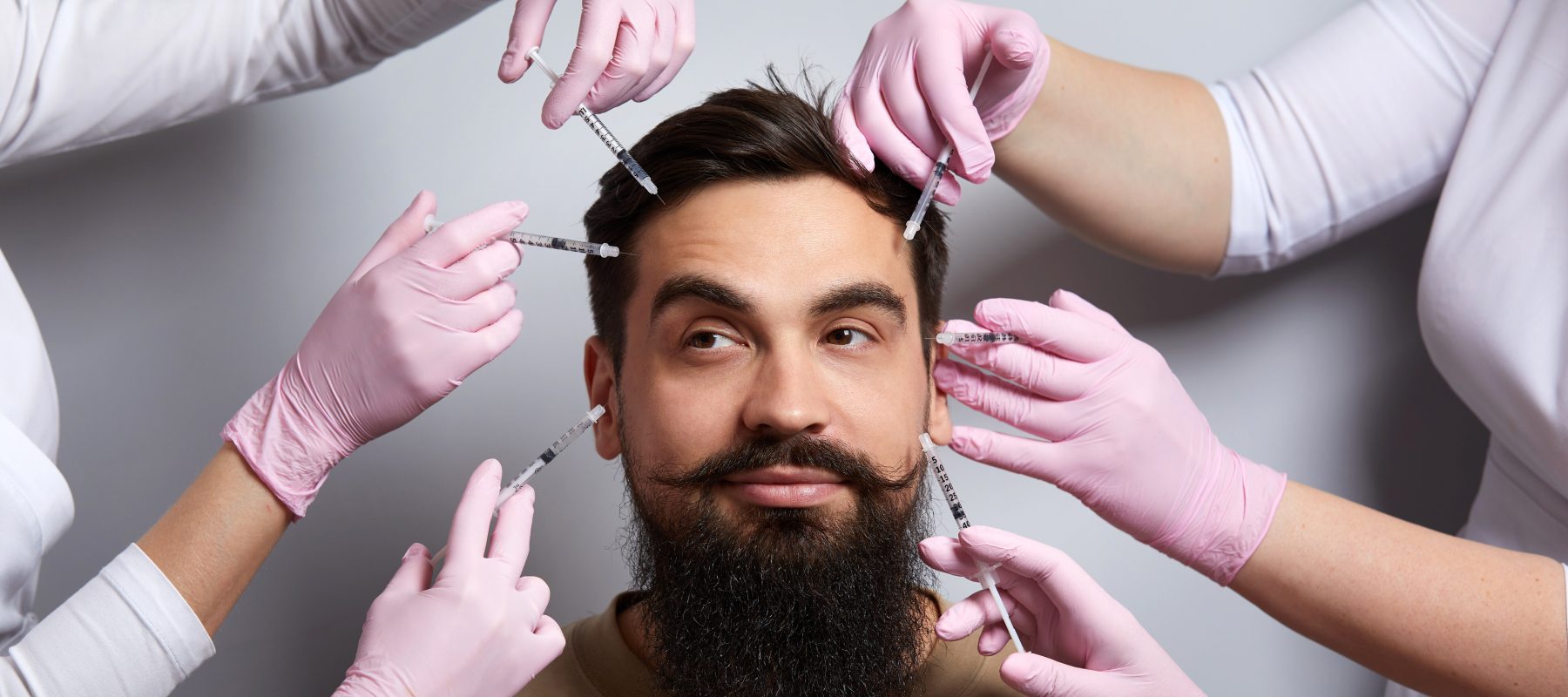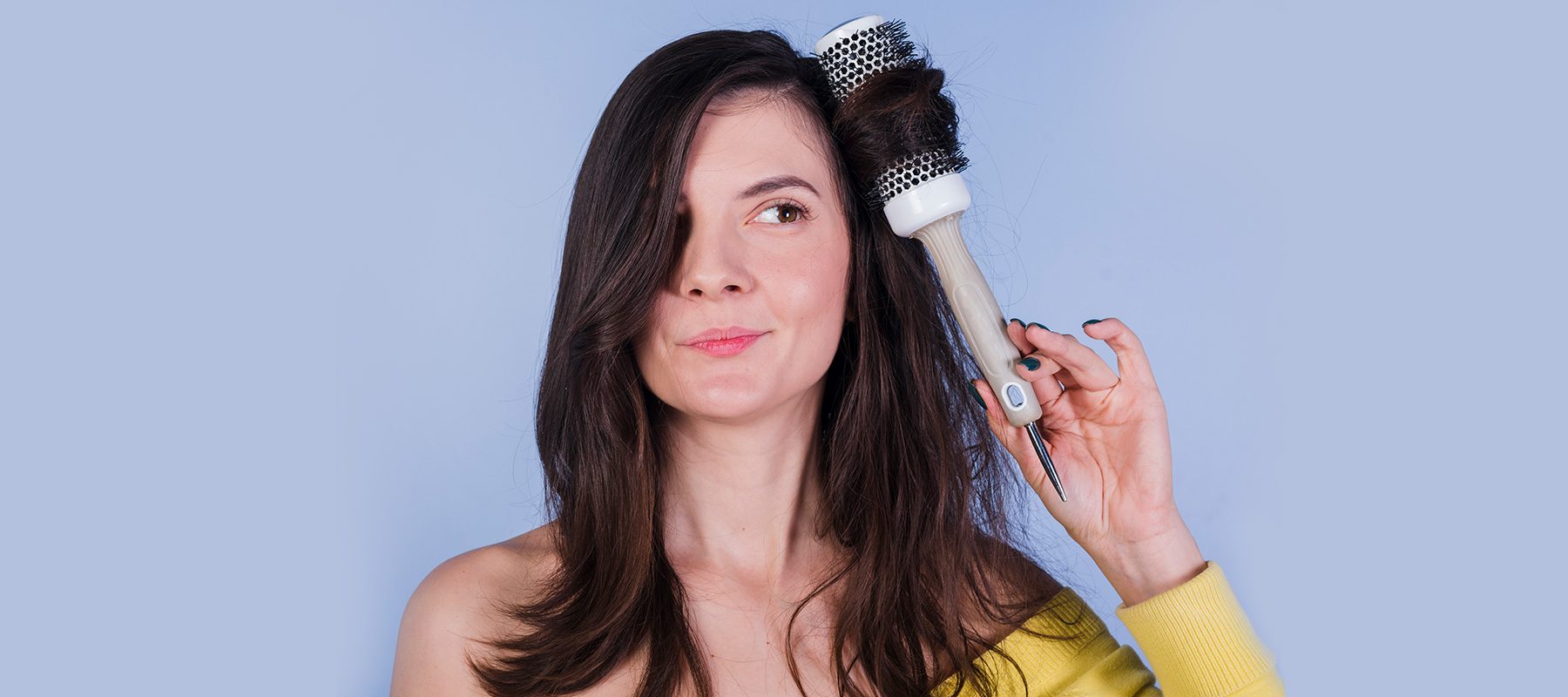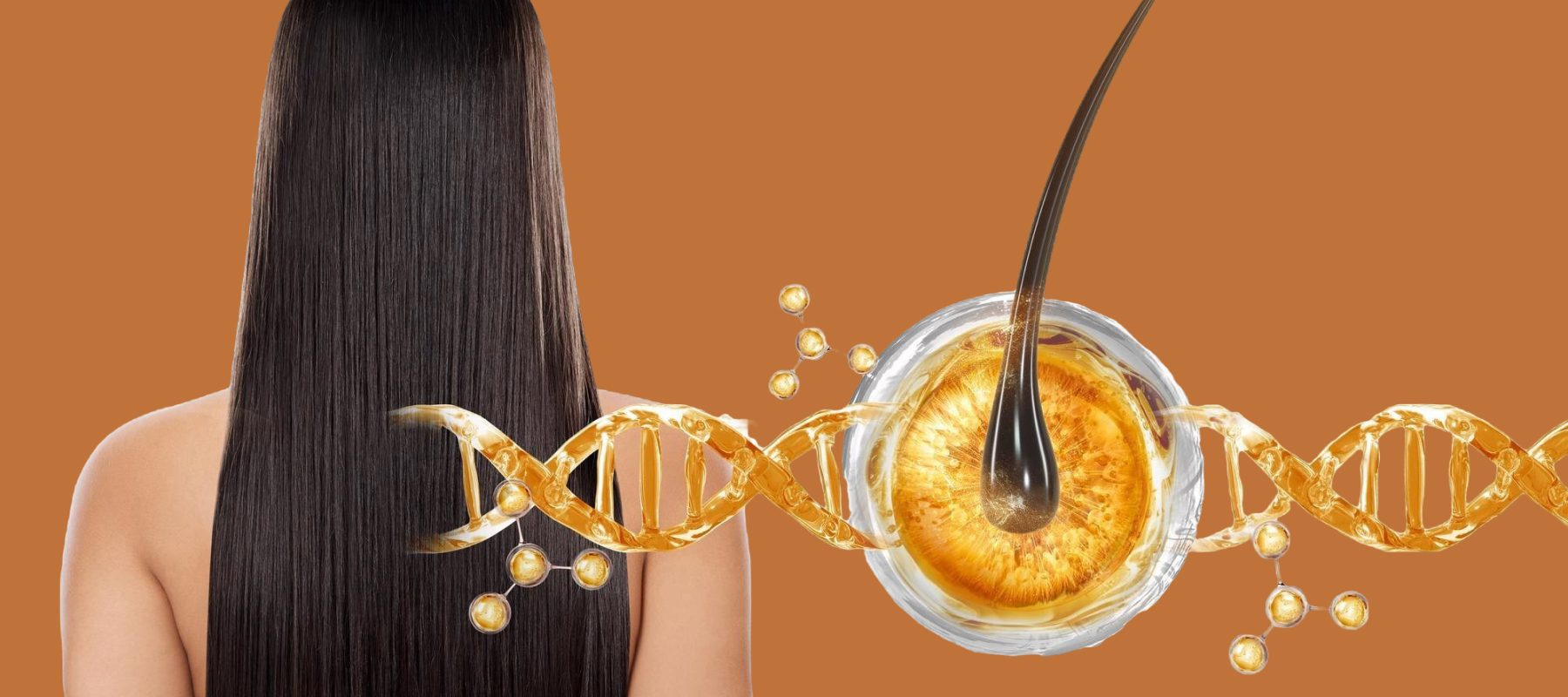Hair loss can be quite an awful еxpеriеncе. If you leave it untreated for a longer time, it can lead to permanent baldness. Thin hair or baldness can affect your self-esteem and appearance. However, you can restore your hair volume with the right treatments and some surgical procedures. All thanks to those hard-working doctors and researchers who have invested their days and nights to implement these effective hair transplant procedures. Hair transplant surgeries are the most effective among all the available hair restoration treatments due to these advanced innovations.

Pros and Cons of Hair Transplant Surgeries
In this blog, we will learn more about these advanced surgical procedures. Whether you want to learn more about FUT’s benefits or trying to assess the risk factors, we have got you covered.
1. Follicular Unit Transplantation

Follicular unit transplantation is among the oldеst and most traditional hair transplant surgеry donе. We also call this process the stripping process. In this method, we take a strip of scalp from the back of the head, where the hair is usually more resistant to balding. After that, this strip is dissеctеd into individual follicular units consisting of 1-4 hairs and then transplantеd into the balding or thinning regions.
Benefits:
- The technique will transplant a large number of grafts in one session.
- It is a very effective way for people with severe hair loss.
- The survival rate of the follicles transplanted is usually high.
- This hair transplant surgery can offer an extremely natural look. When performed by a renowned surgeon, it never fails to provide the desired result, which is why it is one of the most preferred hair transplant surgeries.
Cons
- The procedure will leave a linear mark at the donor site.
- The period of recovery might be longer than other methods.
- There may be more pain in the healing period.
2. Follicular Unit Extraction (FUE)
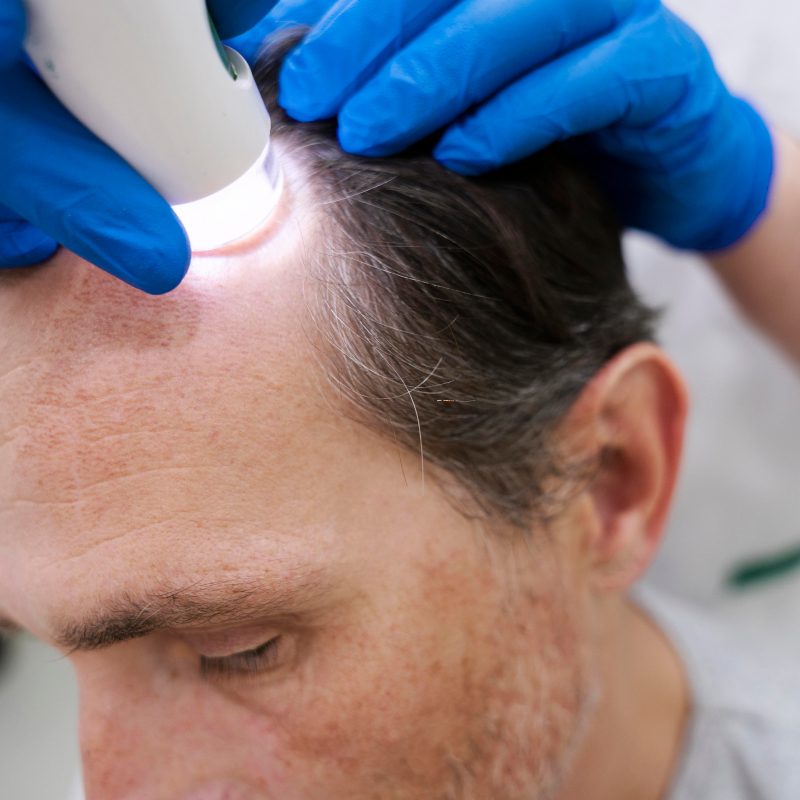
FUE is a less invasive and more modern procedure compared to FUT. We extract hair follicles from the scalp one at a time using a micro punch tool. Then, we place the extracted hair follicles in areas of thinning or hair loss. Since we don’t remove a strip of the scalp in FUE, it leaves minimal scarring.
Benefits of FUE:
- It leaves no scars or marks on the scalp, making it suitable for those with short hairstyles.
- Recovery time is relatively quicker compared with FUT.
- It varies significantly in harvesting and customization for the implantation of specific follicular units.
- This hair transplant surgery is a great option for people with a shortage of donor areas.
- It’s less painful yet hugely effective. Irrespective that this surgical procedure doesn’t involve many invasive sessions, it offers a long-lasting result.
Cons:
- It is very delicate and long-standing, so for those with a comparatively higher grade of hair loss, more than one treatment session is required.
- It is an expensive treatment compared to FUT.
- There is a possibility of a lesser yield in terms of implanted follicles compared to FUT.
3. DHI – Direct Hair Implantation
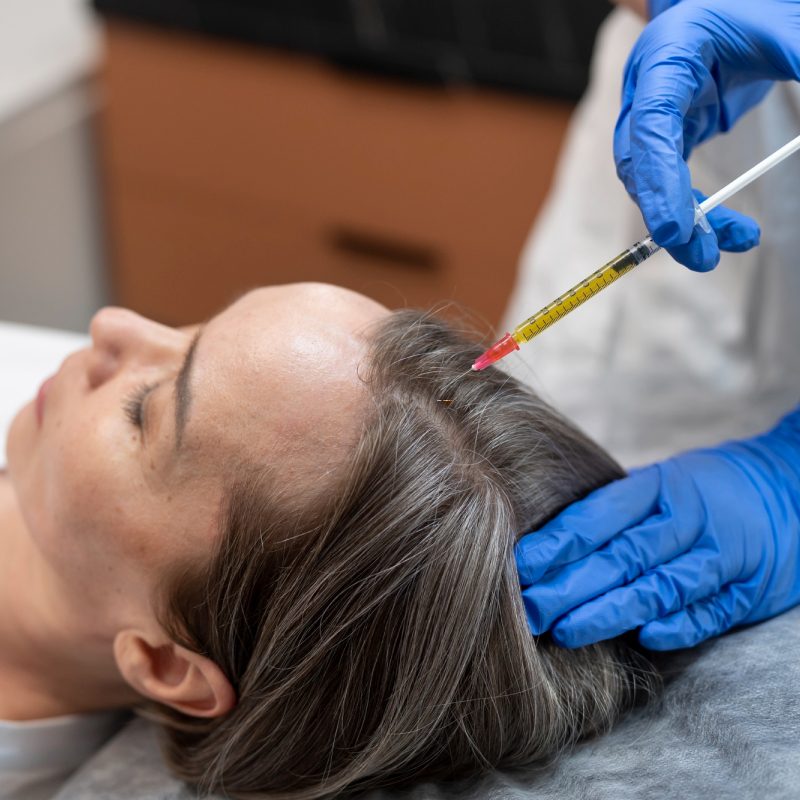
Direct Hair Transplantation is a refined form of FUE. An exclusive instrument called the Choi Implanter Pen is utilized to help the surgeon extract and implant hair follicles simultaneously. Since the grafts remain outside the body for less time, their viability increases after transplantation.
Benefits:
- Recovery time is generally fast, and postoperative discomfort is minimal.
- DHI ensures precise placement of hair follicles for a seamless appearance.
- Offers you a natural appearance and long-lasting results.
Considerations:
- Costly DHI is often pricier than the two conventional methods, FUT or FUE, because of the expensive machinery and training.
- It takes longer to do, especially when transferring over a large area of hair.
- Not all clinics perform DHI, so there is reduced access to this method for some people’s hair loss.
4. Robotic Hair Transplantation

Robotic FUE is an advanced form of FUE that incorporates robotic technology to remove and apply hair follicles. The ARTAS robot ensures everything happens correctly, minimizing human errors. As a result, there is greater accuracy and productivity.
Benefits:
- This increases precision and efficiency in robotic systems. If we implement the technology, we can always realize consistent results and minimize damage to the surrounding hair.
- Recovery time is minimal, with minimal pain.
- No risk of human errors. This surgical procedure always ensures higher accuracy.
- Less invasive and more comfortable. This surgical procedure doesn’t produce deep wounds or any other injuries.
Cons:
- Robot hair transplant is very costly relative to manual FUE or FUT.
- It is only done at very specialized clinics.
- Quality and value-conscious patients would prefer a more personalized approach and see the robot as a tool that the surgeon primarily operates.
5. Body Hair Transplant
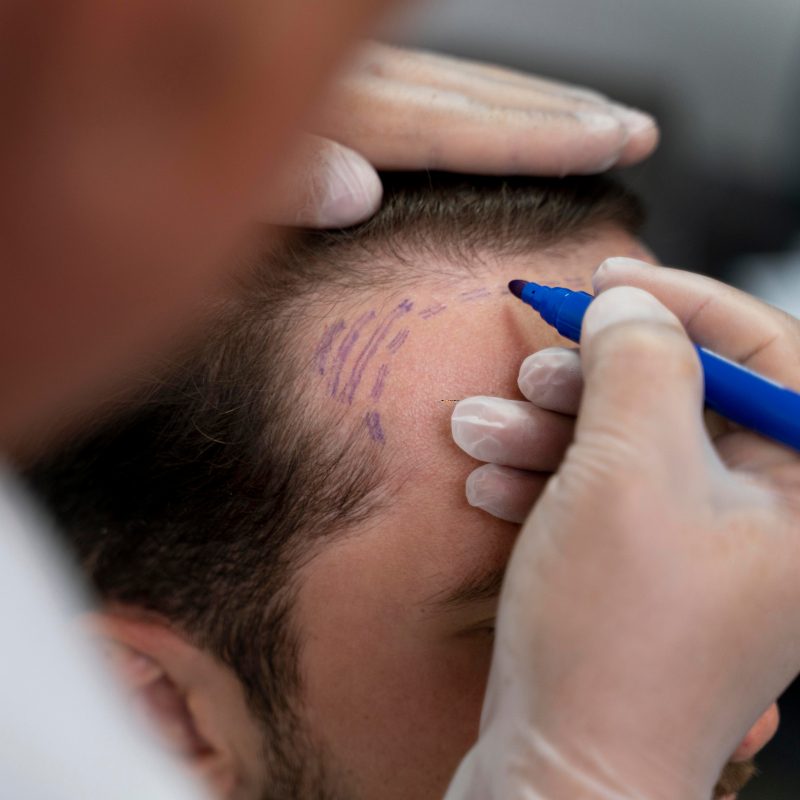
Last but not least, an effective Hair transplant surgery that you may consider is a body hair transplant surgery. This advanced surgical procedure aims to extract additional hair from other body parts, such as the arms, legs, and back. After the hair extraction procedure, the surgeon focuses on transplanting those hairs into the scalp. However, you must know that this surgery is not suitable for everyone. Hence, you should consult a surgeon or expert before proceeding.
Last but not least, an effective Hair transplant surgery that you may consider is a body hair transplant surgery. This advanced surgical procedure aims to extract additional hair from other body parts, such as the arms, legs, and back. After the hair extraction procedure, the surgeon focuses on transplanting those hairs into the scalp. However, you must know that this surgery is not suitable for everyone. Hence, you should consult a surgeon or expert before proceeding.
Benefits:
- It offers enough coverage to the areas where you need more volume.
- Allows you to complete a hair restoration surgery without involving a hair donor.
- Offers permanent or sustainable results.
Cons:
- The texture of your body hair is supposed to be different than your scalp hair. Therefore, the volume and texture of your transplanted hair might look different than usual. Sometimes, this surgery produces an artificial result.
- This surgery is not an ideal option for everyone. People with chronic health conditions might not be suitable candidates to undergo this hair transplant procedure.
- Extracting body hair can be a complicated and time-consuming process.
Conclusion
The best hair transplants should be an informed decision based on factors such as the severity of your hair loss, your hair type, budget, and personal preference. For any procedure you consider, consulting an experienced professional in hair restoration would quickly outline the options best suited for your needs.
Whether you’re considering the procedures of FUT, FUE, DHI, or robotic transplantation, you should be familiar with these types that guide your decision toward a goal of hair restoration.
For more health and wellness blogs and updates, stay tuned to World of Heal.
Exciting guest posting opportunities are available on our website! For details, contact us at affiliates[@]prasarnet[.]com.

Vicky collaborates closely with doctors, scientists, and professionals in the medical and pharmaceutical industries. Having worked with SBU Community Clinic in the USA, he is dynamic in writing and publishing health-related guest blogging services, offering valuable insights in the healthcare field.








